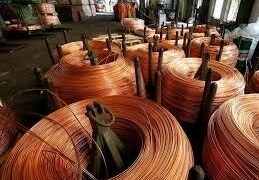The US energy regulator has approved a request by Cheniere Energy to feed the first gas into its new liquefied natural gas (LNG) facility in Corpus Christi, Texas, marking the beginning of a commissioning phase for the export terminal.
The approval from the Federal Energy Regulatory Commission (FERC), issued late on Thursday, means Cheniere will be able to produce the first commissioning cargo by the fourth quarter of this year, if not earlier.
Train 1 at the Corpus Christi facility will become the first LNG export terminal in Texas and the third functioning one in the United States as the country ramps up the sale of the super-chilled gas to unprecedented levels in the coming years.
Cheniere’s Chief Executive, Jack Fusco, told analysts earlier this month the facility would produce its first LNG in the fourth quarter, implying a commercial startup of the facility earlier than the slated first half of 2019.
The LNG market looks out for facility startups not only because they ultimately add supply but because the commissioning cargos tend to be traded on the spot market, whereas initial commercial deliveries go to prearranged long-term buyers.
Cheniere’s Sabine Pass terminal, with four operational so-called trains or plants, is the largest LNG facility in the country with a 18 million tonne a year (mtpa) capacity and it began operations in 2016.
Dominion Energy’s 5.3 mtpa Cove Point terminal in Maryland began operations in March of this year and so far is the second operating LNG export terminal.
Over a dozen trains are expected to become operational next year on the US East Coast adding 36 mtpa to global LNG supply compared to the 290 mtpa traded in 2017.
Aside from Cheniere’s terminals, these include Kinder Morgan’s Elba Island facilities in Georgia, Sempra Energy’s Cameron LNG in Louisiana and Freeport’s Texas facility.
Source: Brecorder


























